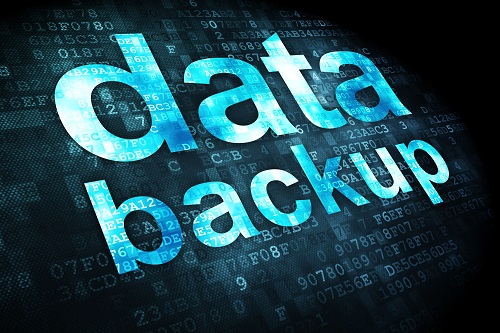Many people believe disaster recovery is the same thing as backing up a computer network. Although the lines seem blurred, the reality is they perform very different functions when you need them. The data protection landscape is filled with markers of ransomware and other cybercrime victims that wish they understood the difference and nuance between the two. In this blog, we’ll explore the functions of backups and disaster recovery for your computer network. While the topic might appear best suited for businesses, anyone with data they can’t live without would be wise to take a deep dive into ensuring it is backed up and they have a disaster recovery plan. If you believe that a backup is enough, you may not realize how valuable your data, systems, and applications really are until they are compromised (COMPUTERWORLD, Acroni, Disaster recovery: Hitting the data protection home run, March 17, 2022, https://www.computerworld.com/article/3654193/disaster-recovery-hitting-the-data-protection-home-run.html). If you need help diagnosing your computer network and implementing a backup and disaster recovery plan, RB’s Computer Service can help.
Backups vs Disaster Recovery
Backups are always your first step toward data recovery. A Backup is your assurance that you can get your data back, even if it takes a little time. On the other hand, disaster recovery involves implementing a set of policies, tools, and procedures to enable the backed-up data to be accessed by systems and applications in continuation, seamlessly, in the event of a natural disaster or human-induced disaster, i.e., malware, ransomware, cybercriminals. The overall goal is to keep all essential aspects of a business functioning (IT related) despite a significant disruptive event (Laura Vietmeyer, Managing Editor INAP THINKIT, Backups vs. Disaster Recovery: The Ultimate Guide, January 4, 2021, https://www.inap.com/blog/backups-vs-disaster-recovery/).
How to Add Backups and Disaster Recovery to your Computer Network
There are two ways you can add backups and disaster recovery to your computer network or add disaster recovery to current backed-up data.
One way is you might choose to manage your disaster recovery program in-house. This would require the average business owner to consider several things, including staffing requirements for assessments, design, testing, implementation and management, training, documentation, reporting, and recovery infrastructure/equipment, not to mention selecting a solution as the foundation. If your business doesn’t have a full-time IT person, or your current office administrator also wears the IT support hat, this option is probably not the best fit for you. Conversely, if you do have a full-time IT person in your office, contact RB’s Computer Service today at 763-441-3884. We would be glad to partner with your team to help navigate the best options for your business (COMPUTERWORLD, Acroni, Disaster recovery: Hitting the data protection home run, March 17, 2022, https://www.computerworld.com/article/3654193/disaster-recovery-hitting-the-data-protection-home-run.html).
The second way you could go about adding backups and disaster recovery to your computer network is to consider a Managed IT Service Agreement with RB’s Computer Service. Our Managed IT Service Agreements are uncomplicated, customizable to your business, and very affordable. In fact, for the price one pays for lunch each day of the month, a local small business owner could enroll in an RB’s Computer Service Managed IT Service Agreement. We can help you securely back up your computer network and add a disaster recovery plan. For a hassle-free consultation, contact RB’s Computer Service today at 763-441-3884.
Someone once said, “you don’t know how much you need something until you do.” That sounds a little cliché, and we are not trying to be melodramatic, but businesses really do need to back up their computer network and get a disaster recovery plan. The average consumer and business owner doesn’t see the consequences until their computer network is compromised. Unfortunately, at RB’s Computer Service we see it every week. For a hassle-free consultation on backups, disaster recovery or Managed IT Service agreements, contact RB’s Computer Service today via phone or email at: 763-441-3884 or help@rbsmn.com. In addition to helping protect your computer and network from cyber and ransomware attacks, RB’s Computer Service sells the best commercial-grade firewall routers, best laptop computers, best desktop computers, business computers, computer parts, and computer monitors. For iPhone, smartphone repair, and tablet repairs, do not hesitate to contact us. We work with customers and clients locally and throughout central Minnesota and St. Cloud.




